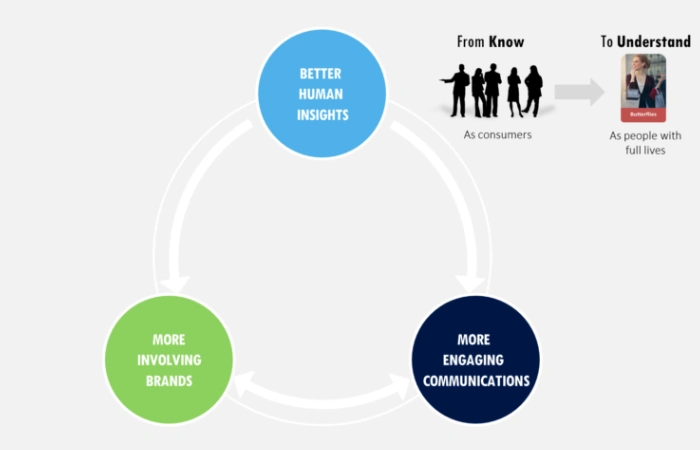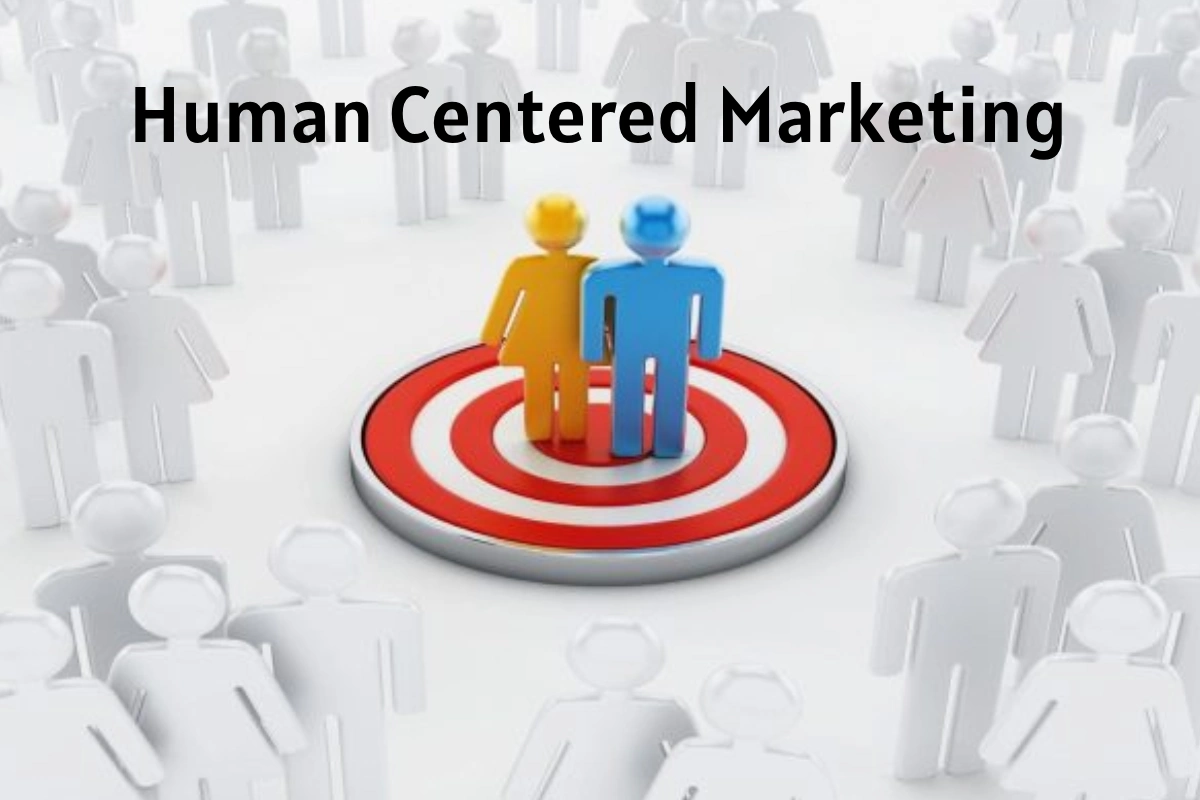About Human-Centered Marketing
Human-centered marketing is a trend that, as the name suggests, focuses on people and sees them as consumers who also actively participate in the relationship between organizations and the public, regardless of its nature, public, commercial, media, or social.
This marketing is characterized in that it no longer sees viewers as passive receivers of content but as active interlocutors who express their points of view. Consequently, the success of a campaign is not only measured by the products sold but also by the strength of relationships and interactions with customers.
What is Human-Centered Marketing?

Human-centered marketing is not new, but it has taken hold within the business due to the effect of the pandemic on society. Consumers want to sense that the products they cooperate with have a purpose and a clear message outside trading their product or service.
In his book Marketing, 4.0: Moving from Modern to Digital, marketing guru Phillip Kolter emphasized that brands that display their most human side are the ones that will achieve the most significant engagement with their target audience, especially in a future full of technological advances and novelties. . They also need to be able to build a genuine relationship with consumers and treat them like human beings. They must convey a transparent, truthful message emphasizing the brand’s values.
The keys to positively developing this type of human-centered strategy for our company must be based on human values such as:
- Empathy
- Amiability
- Compassion
- Justice
This strategy’s principle is to understand consumers’ worries and concerns. Brands need to convey that they listen to and understand these concerns and that they can provide an experience to go along with their product or service.
Implementing this strategy offers brands many benefits, including achieving a positive relationship with customers. Some other significant advantages are:
Results
You will notice new ways to grow your business. By researching our customers, we can learn precisely what they are looking for and also how we can meet those needs.
Relations
Users will feel that we are listening to them. They will know that we care what they have to say.
Brand
By placing the consumer experience at the center of our marketing strategy, our brand will benefit: it will improve users’ perception of us.
The Human-Centered Design Methodology
As seen in the Chipotle example. A people-centric marketing strategy is based on knowing what customers want and also need through an understanding of the market that takes into account their opinions, expressed directly to the company in surveys, interactive posts. And also what insights you speak on topics that remain relevant to your consumers.
Understanding and correctly analyzing this data allows us to develop specific and personalized products and services that will cover these needs and positively impact people and their communities.
To develop a people-centric marketing strategy. We understand that we need to discover the person’s problems and then find the best way to solve them with our product (and not the other way around, having an effect and finding the person who fits it). This is how the whole trend of design thinking thinks.
An example of this is the premise of David Tamas, author of the article: What is Human Centric Marketing? Beyond the client is humanity that proposes to use the human-centered design methodology, whose phases are as follows:
Understanding of the Problem
Analysis: The analysis has three primary purposes: to look for patterns in the past. To know what is trendy in the present and to predict what will happen in the future.
To learn: Learn more about users. If you do not have sufficient data. It is possible to conduct qualitative surveys.
Identification: It is about putting yourself in the user’s place, understanding its context. And recognizing aspects related to non-verbal information.
Historification: Based on our information. A story is written about the user to understand her life and how we can help her on this journey.
Problem-Solving
Idea: After identifying the problem and also cause we want to solve. We look for a solution to communicate to the user. To do this, we use the reporting system of the 6 Ws: who (who), what (what), how (how), when (when), where (were), and why (why).
Structure: Analyze how we can build and also combine the different elements of the solution.
Building: The solution development process conveys what you want the user to feel.
Evaluation: Finally, we must check that the message we wanted to convey is perceived correctly and also that it can solve your problem.
Although design thinking and human-centered design grew out of the development of technological interfaces and also products. We are increasingly seeing how these methods help solve a large part of the needs of brands. This is how we understand it at Sparkling. Which is why we integrate these methods in understanding and resolving problems related to communication and the construction of brands and also products.
Example of Human-Centered Marketing

An example of human-centered marketing was the actions of the Chipotle company. This American fast-food restaurant used all its resources to meet the needs of its customers during the pandemic, listen to them, and also know how to support them.
Noting that the cancellation of dances and graduations saddened young people, the company organized online parties in response. For those spending the lockdown alone, they organized lunch clubs to connect with more people and even some celebrities. They also held concerts to provide free entertainment. At the same time, the brand stuck to its bonus program. With the mix of these measures, the company managed to triple its digital sales in 2020.
In this trend, values such as empathy (a key term to approach the consumer), justice, kindness, and compassion become relevant. It seeks a balance between business objectives and the well-being of people, not only customers but also employees and suppliers. It is a marketing focused on values and also corporate social responsibility.
Conclusion
In the end, marketers must have a view of users that moves away from a mere consumer profile and towards a more human perspective. People who feel that brands connect with them will drive positive change that can drive brand results and also profitability.
Also Read: Marketing Empathy Practice – To Incorporate Empathy in Marketing



